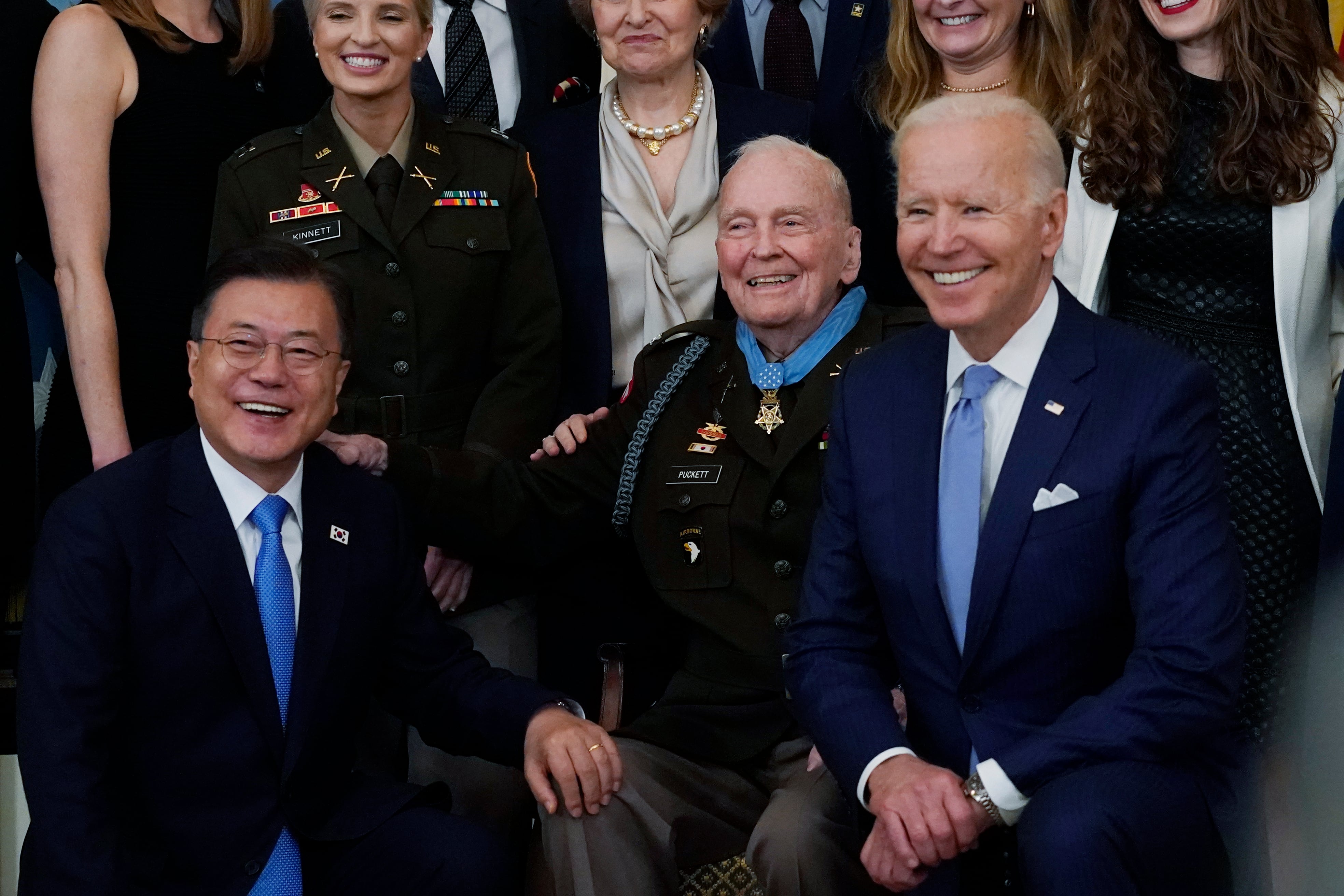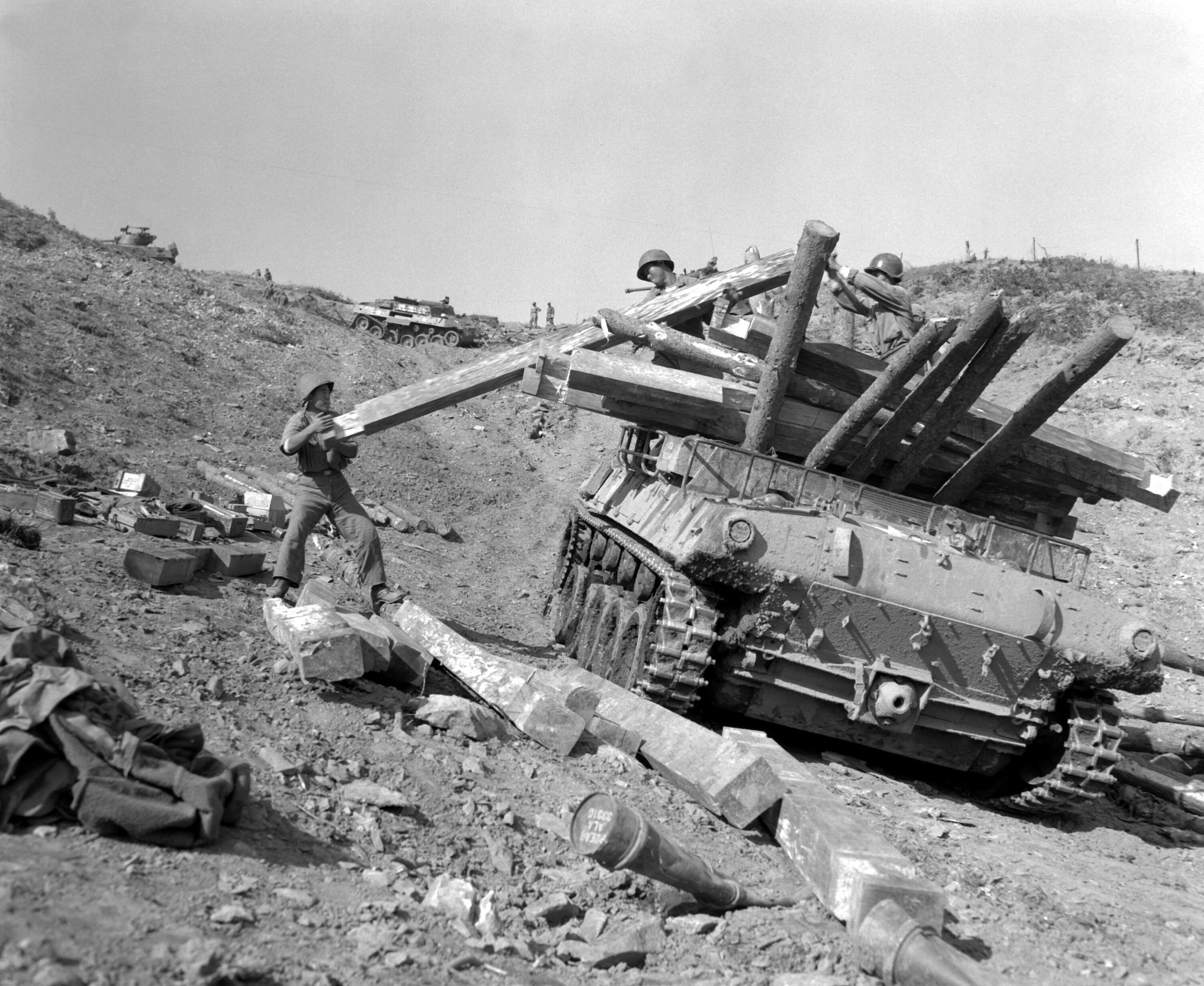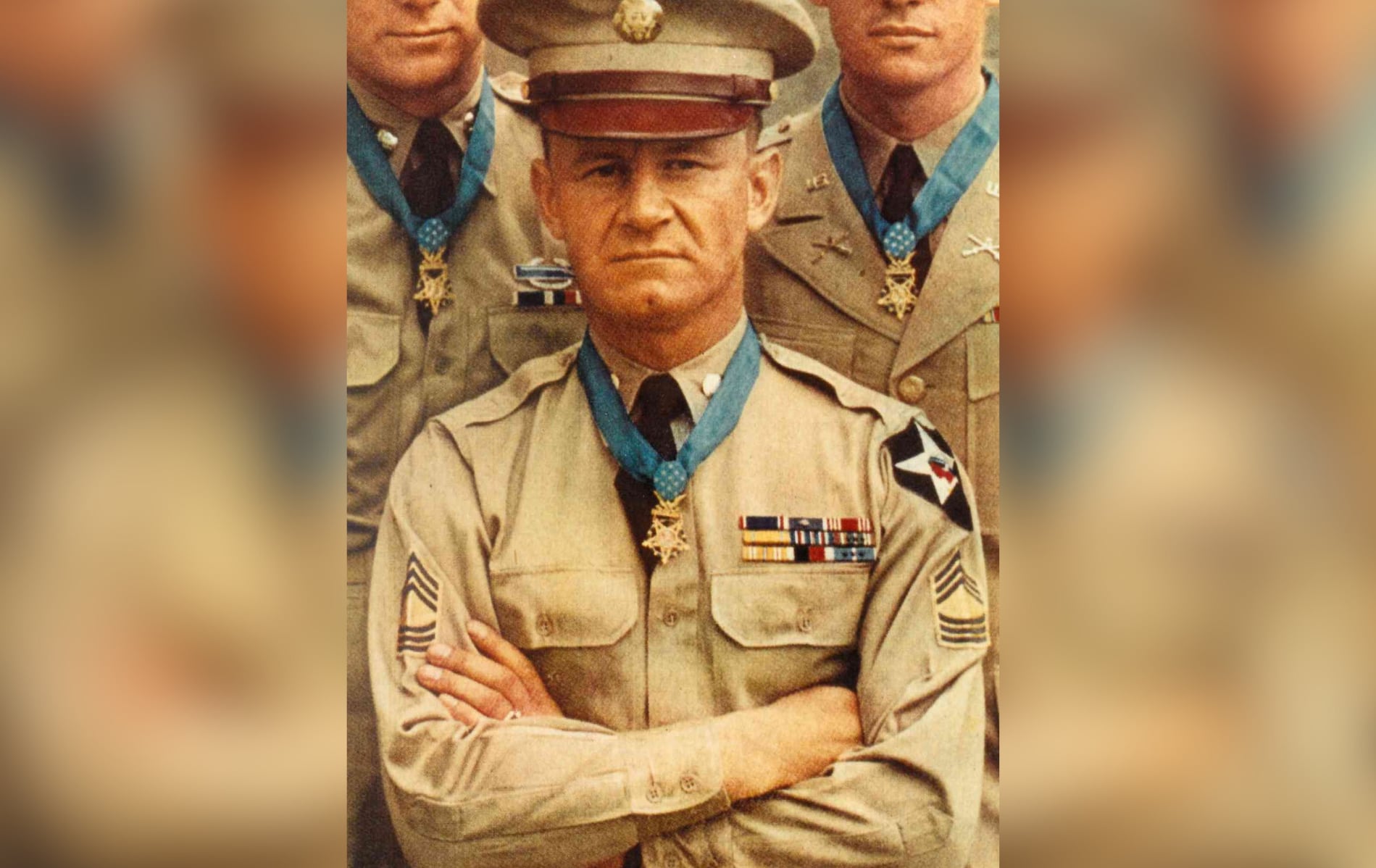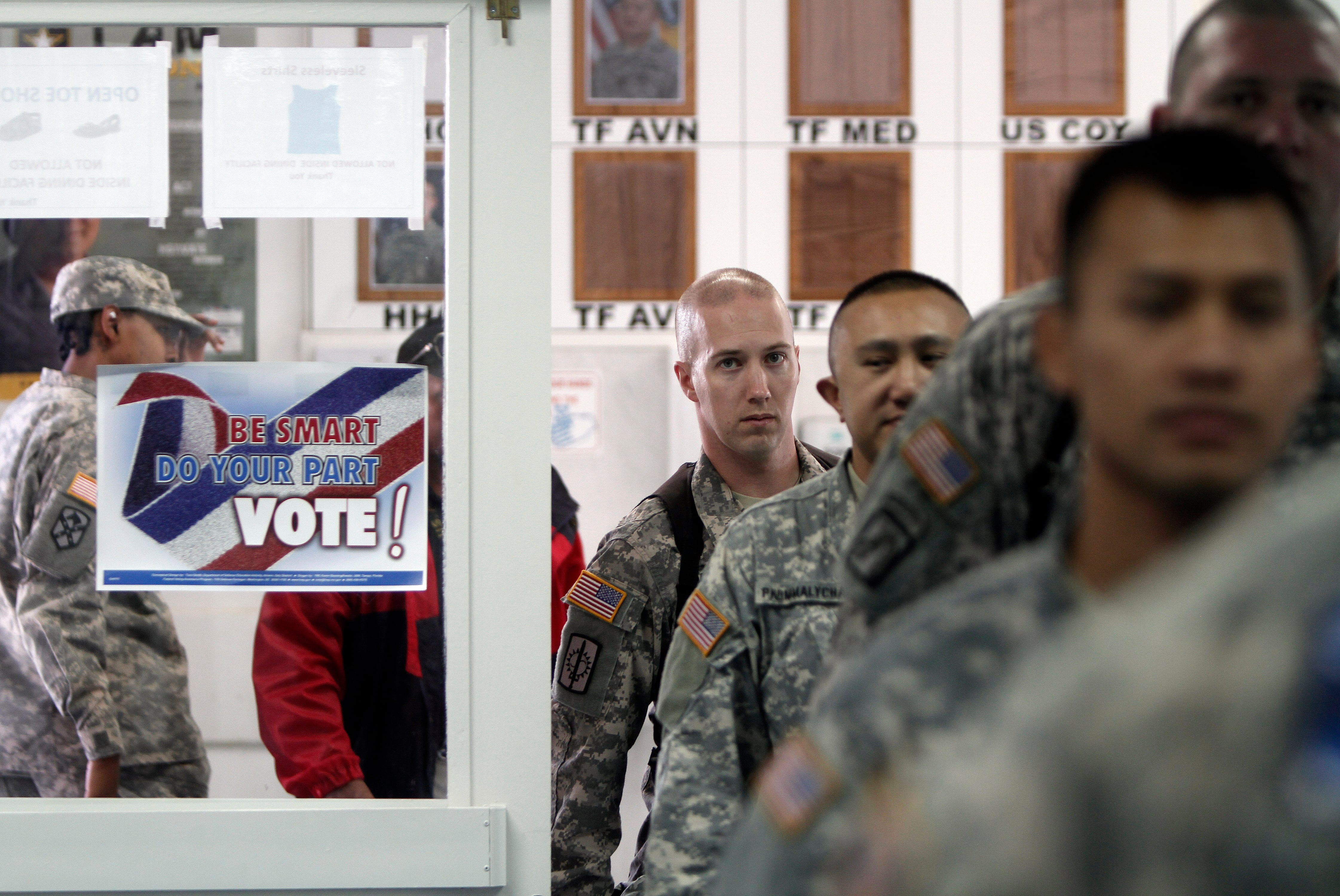By the end of World War II, the basic configuration of the tank had been established across scores of epic battles. In subsequent conflicts, mobile armor’s limitations were revealed, starting with the hilly terrain and relatively few roads that characterized Korea in 1950. Even so, tank crews adapted their conditions and produced their share of outstanding fighters, such as Medal of Honor recipient and Army Master Sgt. Ernest Kouma.
Born in Dwight, Nebraska, on Nov. 23, 1919, Kouma worked on his family’s farm until June 1940 when, taking note of the growing war clouds in Europe, he enlisted in the U.S. Army. He chose to train for the tank corps, eventually deploying to fight across Germany.
RELATED

Kouma decided to remain in the Army after the war, starting with brief sojourns in South Korea and Japan, perhaps never imagining he would soon return to Asia. Back in America, he commanded an M26 Pershing in Company A, 72nd Tank Battalion, 2nd Infantry Division at Fort Lewis, Washington.
When North Korea invaded the South on June 25, 1950, U.S. occupation forces in the area rushed to South Korea’s aid but were outmaneuvered by the North Korean People’s Army, which made the most of the strategic initiative to seize the capital of Seoul and drive U.S. and Republic of Korea forces back to the port of Pusan, known today as Busan. By August 1950, however, ROK and American troops were still holding the Pusan perimeter, and U.S. reinforcements were arriving to their relief, including the 72nd Tank Battalion of the 2nd Infantry Division.
Well aware their key to victory lay in maintaining the initiative — and that they were running low on time — North Korean forces laid plans for a decisive breakthrough along the Naktong River.

On Aug. 31, in preparation for the September offensive, North Korean forces captured Miryang and Samnangin, hoping to cut off the Americans’ supply route between Taegu (today’s Daegu) and Pusan. Seemingly, however, North Korean forces were unaware that the weary, demoralized 24th Infantry Division was being relieved by the 2nd Infantry Division.
At a small village called Agok near the river, two Company A squads were dug in, afforded the extra firepower of M26 tanks and twin 40mm M19 motor gun carriages. Then-Sgt. 1st Class Kouma directed the armor while manning a .50-caliber machine gun from his tank’s turret.
Near midnight, 500 North Korean soldiers advanced through the fog toward Kouma’s position, backed by intensifying mortar fire. Eventually, the fog across the river cleared enough for Kouma to spot the enemy erecting a pontoon bridge for a general assault. Kouma reacted by directing the big guns at his disposal to destroy the bridge and used his machine gun on North Korean troops crossing the river in small boats.
Despite their casualties, North Korean soldiers began overrunning the company’s infantry, necessitating their withdrawal to better defensible ground covered by Kouma and his armor. Enemy forces knocked out a tank and overran the M19s, leaving Kouma’s tank as the only one operational.
Although wounded in the foot as he resupplied his tank with ammunition, Kouma fought off another enemy river assault. Although he suffered another leg wound and was surrounded by assailants who came within meters, he fought on with the topside machine gun and his .45-caliber pistol to protect his crew from being overrun.
“They got around us and about five of them climbed onto the back of the tanks,” Kouma recalled in an interview with New Philadelphia, Ohio, newspaper The Daily Times. “So I climbed out and started using the machine gun. They got so close, I tossed three grenades at them and used my .45.”
Kouma and his crew were still holding out in the morning when, having succeeded in covering the company’s retirement, they pulled back to a stabilized line. There, regardless of his painful wounds, he resupplied his tank until he was ordered to evacuate — and even as he was being removed, he requested to return to the battle zone. Later, when the Americans counterattacked, they found about 250 North Korean troops dead in the area he had defended.
Three days after the action at Agok, Kouma was promoted to master sergeant. For his heroic stand, he was awarded the Distinguished Service Cross and two Purple Hearts, but on May 19, 1951, he stood before President Harry Truman to have that DSC upgraded to the Medal of Honor.
After Korea, he served as a tank commander and recruiter before retiring in 1971 after 31 years of service. He died in McDaniels, Kentucky, on Dec. 19, 1993, and was buried in the Main Post Cemetery at Fort Knox, the only Medal of Honor recipient interred there.




